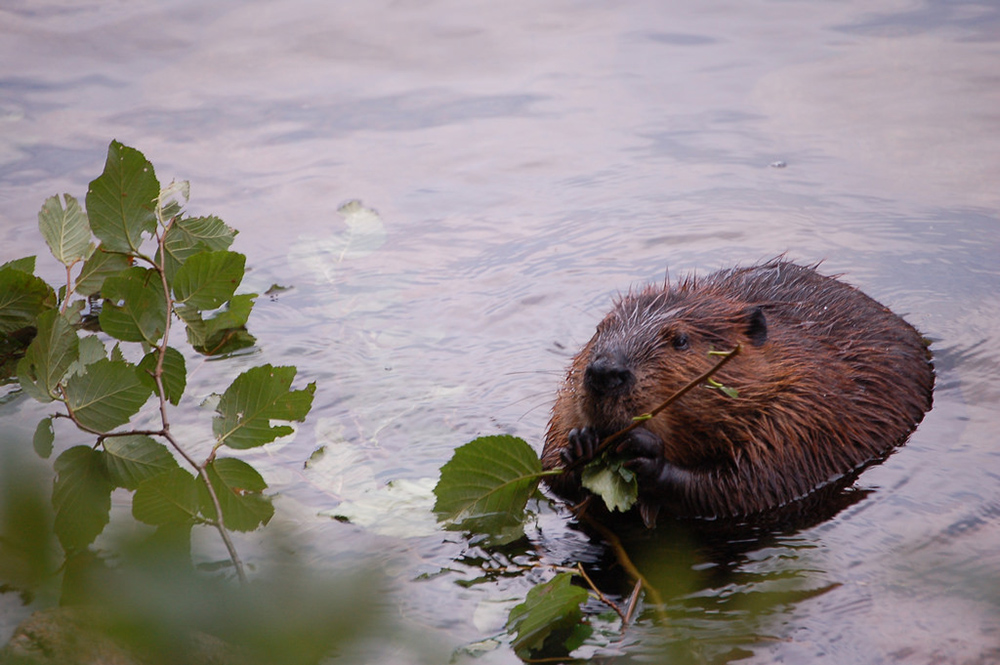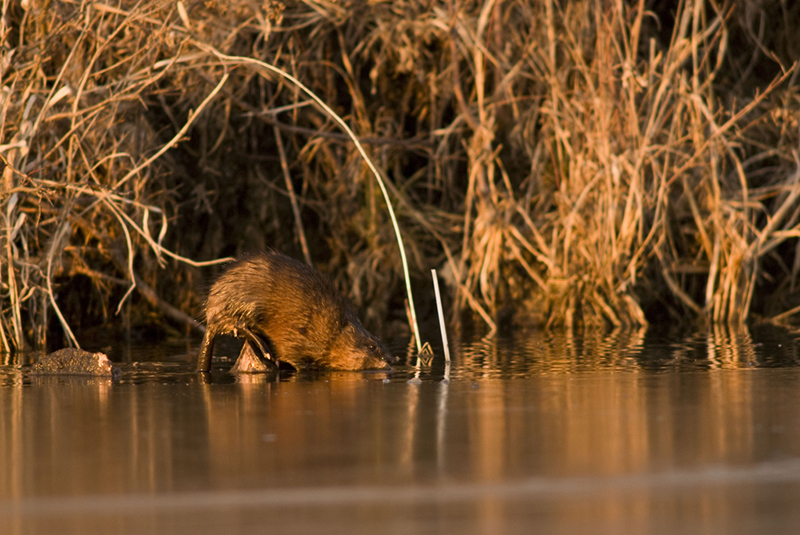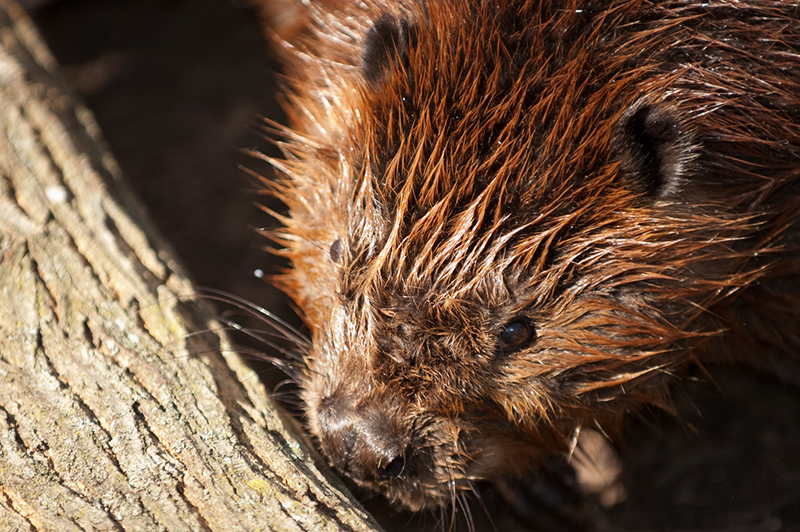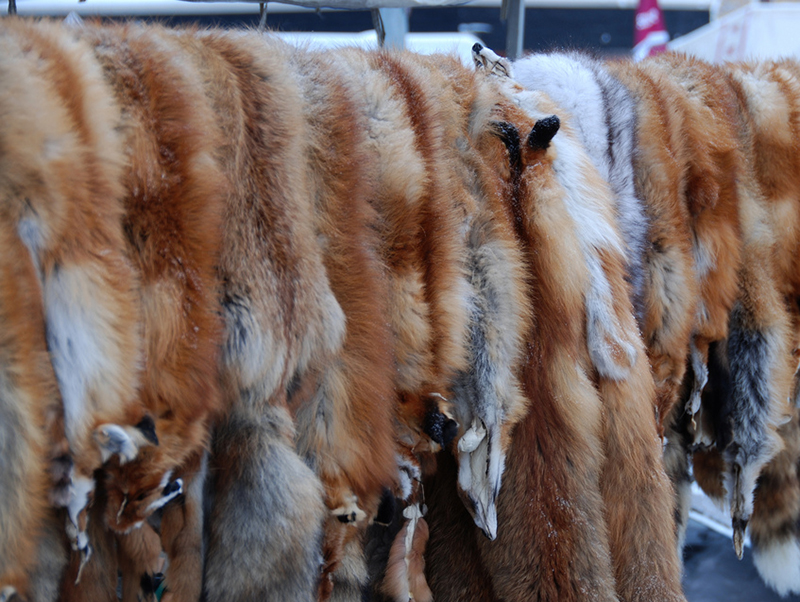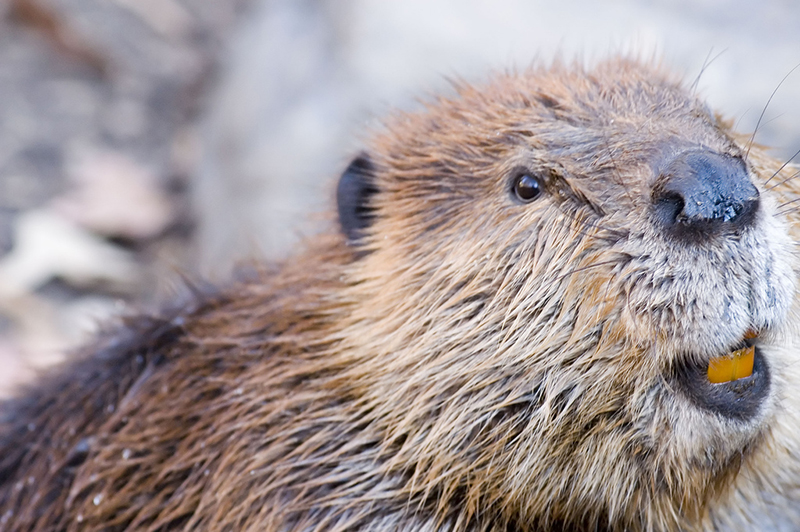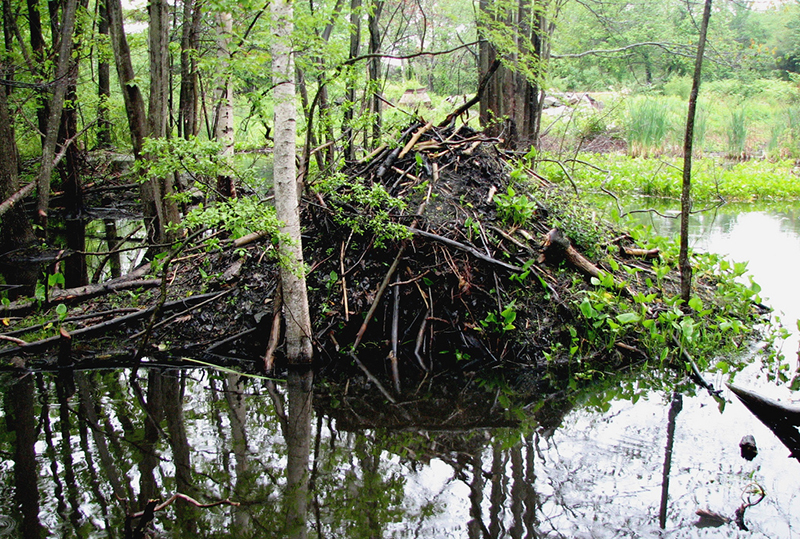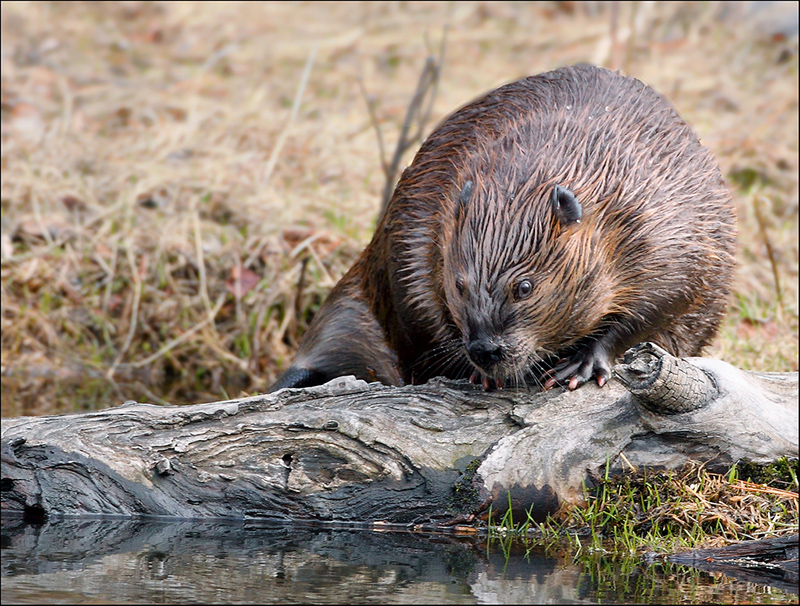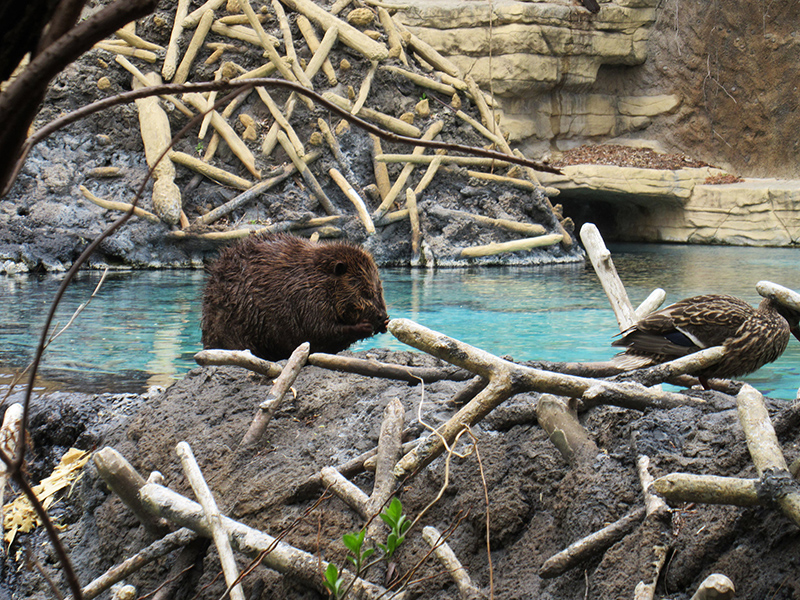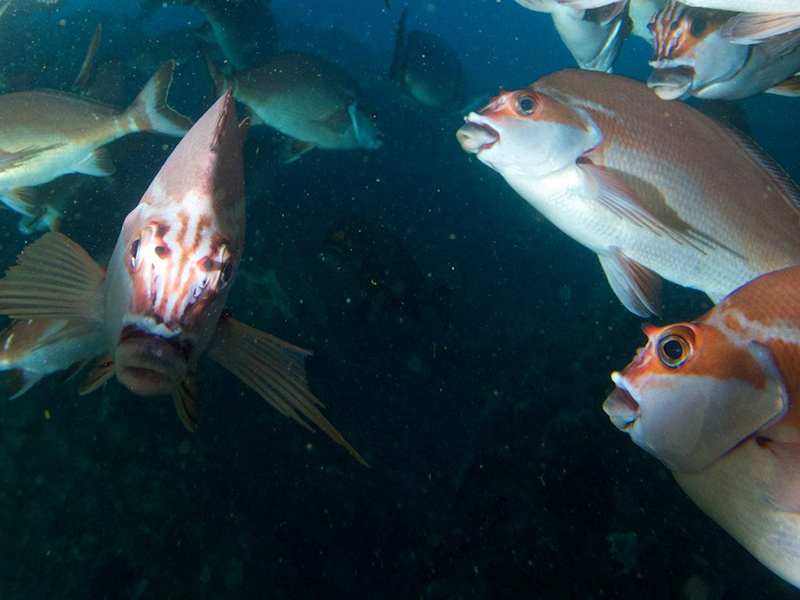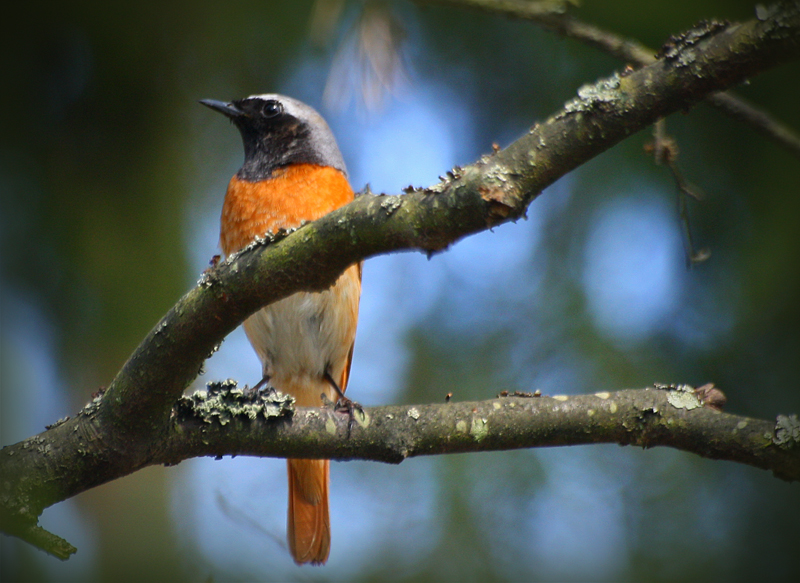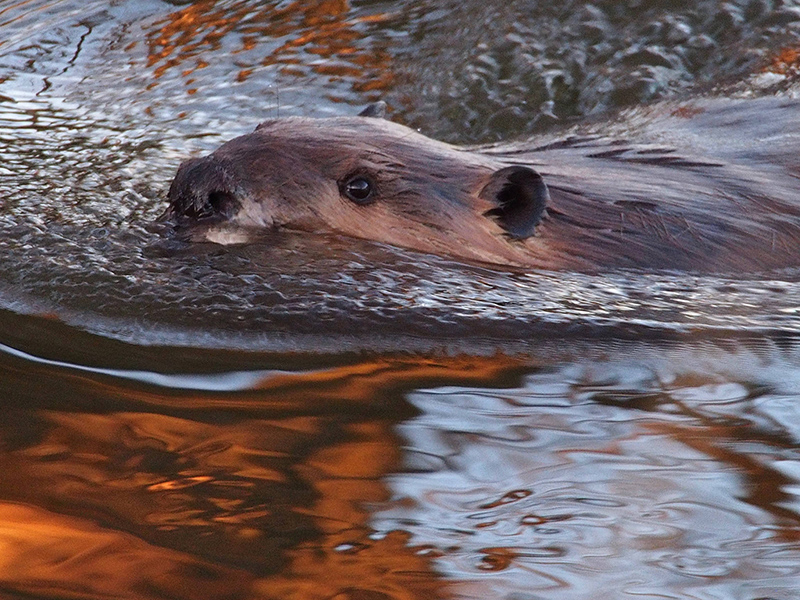The other day I was working at the kitchen table. It was a sunny afternoon, the autumn air cool and crisp. As I often do when the weather is so agreeable, I raised a couple of the kitchen windows and delighted in the fresh air, and the sounds of the breeze whistling through the trees in my backyard.
After a while, the wind gusted and there came a creaking noise, which increased in pitch within the span of a few seconds, growing louder and more pronounced, and suggesting movement and force. Then the noise abated, leaving in its place a hushed moment of anticipation, the kind that heralds a sudden and powerful crash. I looked up from my work, toward the narrow strip of riparian woods lining one side of my backyard like a tall, dense fence, searching for the source of the creaking noise, looking for the movement or displacement that corresponded to the unmistakable high-pitched sound I’d just heard. And I spotted it, there through the woods, beside the creek, as a large tree leaned and fell to the ground. This was certainly a surprise. It seemed the wind was stronger than I’d realized. So I got up and went outside to investigate. Picking my way through the trees, I came out on the creek bank and noticed, along with the newly felled tree, scattered wood chips seasoning the blanket of leaves and grasses, and a freshly gnawed tree stump. Beavers. I’d never noticed them. Where had they come from? How many were here? I was surprised to realize beavers were living in this suburban creek, surrounded by human civilization on every side. Maybe they’d been here all along, quietly going about their business, although this seemed unlikely. I’d never noticed any dams or conically chewed stumps. I imagined they were recent arrivals, having just migrated into the neighborhood. Or maybe I should say they’d returned to this area, for they’ve been here on the southern Great Plains much longer than we have.
In his book, A Tour on the Prairies (1835), Washington Irving described his party’s encounter with a beaver dam during the author’s 1832 journey through the land that would eventually become the state of Oklahoma.
“In the course of the morning we crossed a deep stream with a complete beaver dam, above three feet high, making a large pond, and doubtless containing several families of that industrious animal, although not one showed his nose above water,” he writes. “The Captain would not permit this amphibious commonwealth to be disturbed.”
I am intrigued by this admission and the captain’s obvious respect for the welfare of these beavers. Today, despite being Canada’s national emblem, where its image appears, among other places, on the country’s five-cent coin, and despite being the official mascot for Oregon State University, The City College of New York, The London School of Economics, and probably many other schools and organizations, beavers don’t get much respect, especially when they build their homes in close proximity to our own. Mammals of Oklahoma co-authors Caire, Tyler, Glass, and Mares explain that beavers were once widespread across North America, but that trapping, especially during the late 19th century, reduced them nearly to extinction.
In his Journal of Travels into the Arkansas Territory (1821), the English botanist Thomas Nuttall noted the ease with which these industrious rodents were trapped. “Scarcely any thing [sic] is now employed for bait but the musk or castoreum of the animal itself,” he writes. “As they live in community, they are jealous and hostile to strangers of their own species, and following the scent of the bait, are deceived into the trap.”
Detailing his adventures exploring present day Arkansas and eastern Oklahoma, Nuttall writes of suffering from a fever one afternoon, which forced him to seek shade and rest, while his traveling partner took the opportunity to trap for beaver, catching four of these animals in one night. Additionally, in his entry for March 12, 1819, he writes of encountering “captain Prior [sic] and Mr. Richards, descending (the Arkansas River) with cargoes of furs and peltries, collected among the Osages.”
Beavers had been relentlessly hunted and trapped for centuries, not only in the New World, but also in Europe and Asia. When populations of the once-prolific European beaver dwindled in the 17th century, North American beaver pelts began to supply the European market, where they were in great demand, especially in England and France, for the making of hats. Beaver fur was particularly desirable for the hatting industry because it was so well suited to the production of felt, the basic material used in hats. J. F. Crean, writing in The Canadian Journal of Economics and Political Science, calls beaver fur the “raw material par excellence for felt,” noting that beaver felt is both tight and supple, and more durable under heavy wear, even when wet, than that made from other furs. “Hence, before the technological revolution introduced by carroting,” Crean writes, “beaver fur was the only material which would permit the manufacture of a hat with a large and durable brim.”
Beaver fur did more than clothe us, however. It also sustained the economies of early North American colonies, and was the basis for trade between Native Americans and European explorers and settlers. According to an Oklahoma Historical Society article by Brad Agnew, “Fur Trappers and Traders,” the fur trade was instrumental in the development of the region that would eventually become Oklahoma, and the trading posts located at the confluence of the Arkansas, Grand, and Verdigris rivers, an area known as the “Three Forks,” became a hub for commercial activity between Native Americans and European explorers, traders, and frontiersmen. “At trading posts near the Three Forks trade goods from the Illinois country and New Orleans were exchanged for pelts of beaver, deer, bison, and other fur-bearing animals,” Agnew writes.
The 19th century saw the decline of the fur trade, however, and in the late 1800s, as the American bison was being slaughtered and eliminated from its native home on the Great Plains, the beaver was reaching a critical juncture in its own history. As with the European beaver, centuries of unregulated trapping and hunting had finally brought the North American beaver to the brink of extinction.
In the 20th century, remnant populations of beavers gradually expanded and, along with restocking efforts and the establishment of game laws, which effectively ended unregulated trapping, the animals made a comeback. Today beavers are found throughout Oklahoma and much of the United States. It’s a success story, I suppose, so long as they aren’t felling your trees to construct their lodges and dams.
Not long after I realized beavers had returned to my creek, a neighbor told me he’d lost trees to these diligent rodents. The riparian trees, which skirt the creek flowing through our neighborhood, perform many valuable functions. They provide shade. They buffer sound from nearby roadways. They provide a natural and attractive screen between homes and other neighborhoods. And, maybe most importantly, they help prevent erosion. When heavy rains transform the creek from a lazy trickle to a wild torrent, these oaks and cottonwoods and walnuts and redbuds keep the banks from crumbling and washing away.
Also, they provide vital wildlife habitat for coyotes, bobcats, red and gray fox, raccoons, opossums, skunks, armadillos, squirrels, white-tailed deer, and many other species. All of these animals use the riparian woods for cover. Some make their home in this narrow strip of urban forest. Some hunt here. Others, like the deer, use the trees to conceal their movements when traveling along the creek. But in every case, the trees are vital to the animal’s existence here in the suburbs.
The list of resident and migrating bird species using these trees for food and shelter is just as extensive, and includes robins, cardinals, blue jays, titmice, sparrows, vireos, juncos, doves, bluebirds, wrens, waxwings, buntings, woodpeckers, thrashers, hawks, kites, kestrels, owls, and just yesterday, a roadrunner. I value both the natural buffer the trees offer, and the habitat they provide for wildlife. So do my neighbors. Which is why it was inevitable, I suppose, that my neighborhood’s board of directors hired a professional trapper to remove the beavers from my creek.
Although I wasn’t surprised, I was certainly disappointed in such a hackneyed solution. If the beavers couldn’t live here in the creek, in their native habitat, where could they live? Of course, I already knew the answer. Society’s proclivity for consigning our wild neighbors to other, more remote habitats is well established. But if this strategy is to prove successful, then it seems we must stop building in other, more remote habitats. Looking back over the past 150 years, it would appear that we have a difficult time curtailing our industrious tendency to alter the landscape with our buildings and roadways and parking lots and other structures. Like the teachers used to say in the small preschool my son once attended, “Friends, we’ve made some bad choices.”
The neighborhood board of directors sent an e-mail to residents, explaining the situation and asking parents to keep their children out of the creek for the next several weeks until the beavers could be removed. “Traps can be dangerous to children or pets,” the e-mail warned. “Please avoid the creek until the beavers have been successfully removed.”
The trapper used something called a “conibear” trap, an insidious device designed to seize the animal by the body rather than the leg, thereby preventing its escape. He resorted to these traps because his previous attempts at catching the beavers alive, in cages, had been unsuccessful. And he probably wouldn’t have made this effort if not for the concerns of several homeowners, who thought it best if the animals were simply relocated to other, more remote habitats — the same strategy for dealing with nuisance beavers, interestingly, proposed by the authors of Mammals of Oklahoma. But when this didn’t work, the trapper began playing for keeps. I would often see his pickup truck as I jogged through the neighborhood, and many times I considered removing the traps to protect the beavers (and any other creature that might be so unfortunate as to wander into the vicinity).
As a teenager, I’d once run a trapline, and I knew how cruel and indiscriminate these devices were. It seemed callous and unfair for the neighborhood to endorse such brutality simply to rid our creek of an animal that was not only indigenous to the area but which had every right to be there. Employing deadly traps, in my opinion, reflected a gross lack of imagination and creativity. It reflected a failure to think intelligently and act responsibly. We should have been able to capture these animals alive, unharmed, and relocate them to another, safer location, perhaps one that would shelter and protect the beavers from the nuisance of human society with its incessant and often careless construction habits and utter addiction to money.
But I knew it was futile. If I removed the trapper’s evil accouterments, he’d bring more. And if the trapper failed in his mission to catch the beavers, the neighborhood would simply hire another. When 120 homeowners put their minds together and decide on a specific course of action, they’re nearly unstoppable. I had seen these same middle-class families face down another, even more persistent, pest in a certain big-box retail giant. And they won. When the retail chain wanted to raze five acres of trees just down the road from my neighborhood in order to open yet another store — even though it already has two other facilities within a three-mile radius — my neighborhood joined forces with other area homeowners and defeated corporate America’s Goliath not once, not twice, but three times. The beavers? They didn’t stand a chance.
Beavers aren’t the only animals that have been hunted or trapped to the point of extinction here in Oklahoma. American bison once roamed our vast, rolling prairies in enormous herds, sharing these frontier lands with elk, bear, wolves, mountain lions, wild horses, and even a few alligators. As with the beaver, populations of these species dwindled with European settlement of the southern plains in the 19th century. Though today black bears are returning to eastern Oklahoma, viable, wild populations of most of these once-prolific animals remain absent from the state.
Regrettably, we’re doing the same thing to butterflies and bees with our use of pesticides and herbicides. And when our pollinators are gone, we’re in real trouble.
Yet, despite society’s ongoing assault on the natural world, I’m inclined to believe we can mitigate, and in some cases, even reverse, the ecological damage human activity has caused over the past century or more.
A case in point: The July 1 – 4, 2016 “Holiday edition” of USA Today reported that the worldwide ban on chlorofluorocarbons (CFC), chemicals once commonly used as refrigerants for air conditioners, and as aerosol propellants in cans of hairspray and deodorant, was helping repair the much-publicized “hole” in the earth’s protective ozone layer. Though ozone is a damaging pollutant when found in the lower atmosphere, near the ground, in the stratosphere it shields the earth from harmful ultraviolent solar radiation. In the 1980s, scientists showed that CFC-released chlorine in the stratosphere was destroying Earth’s ozone layer. This led to the 1989 signing of the Montreal Protocol, the international treaty that phased out CFCs, which time has proven effective. As the USA Today article explained, researchers found that the hole in Earth’s ozone layer had shrunk by more than 1.5 million square miles — roughly half the area of the contiguous United States — since 2000, when ozone depletion was most acute. “The discovery shows global attempts to improve Earth’s environment can work,” writes the author, Doyle Rice, “providing a template for how humanity could tackle the exponentially larger issue of climate change.”
Or our oceans’ rapidly declining fish stocks.
In his book, Four Fish, author Paul Greenberg calls the once-ubiquitous cod a “workaday fish, the fish upon which average people rely for their daily meal,” whose “white flaky flesh nourished humanity from medieval times through the discovery of the Americas and on into the industrial era,” and perhaps most revealingly, one whose “very abundance is its most notable characteristic.”
Due to commercial overfishing, however, by 1994 most cod stocks were considered “collapsed,” a term indicating the loss of 90 percent of the fish’s historical population. That same year the U.S. government closed the greatest New England fishing grounds, Georges Bank, to commercial cod fishing. Just as the thoughtless, wholesale killing of the once-prolific passenger pigeon led to its extirpation early in the 20th century, so too had ignorance and greed-ravaged a resource which, like the passenger pigeon, was once so abundant that many considered it inexhaustible. The main difference was that, unlike the passenger pigeon which was wiped off the face of the planet, never to return again, there were still a few cod around.
The New England cod crisis led to the formation of the Sustainable Fisheries Act, which, as Greenberg writes, “essentially required that overfishing be ended for every single American fish or shellfish.” It also established goals and timelines for the rebuilding of commercial fish stocks. The result of all this, according to Greenberg, is that Gulf of Maine and Georges Bank haddock populations are now considered fully rebuilt, while Gulf of Maine codfish are halfway to their rebuilding goal. The Georges Bank cod population was so decimated that its rebuilding timeline has been extended to 2026, which means it may be too early to tell how this stock is faring.
Clearly, there is reason to be optimistic about the future of our oceans. While we hear much about declining fish stocks, Greenberg writes that “the examples of science-based successes are marked, accurately documented, and replicable.” And just as important, the world’s oceans, unlike many of our landscapes, remain reclaimable. According to National Geographic, sprawl consumes more than two million acres of rural land in the United States each year. But as the commercial fishing ban in New England waters suggests, marine ecosystems, when liberated from human exploitation, tend to recover over time.
But what of the millions of birds displaced as a result of agricultural land conversion and urbanization? Although bird populations often experience dramatic declines at the onset of new suburban development, evidence suggests that as a neighborhood’s newly planted trees gradually grow and mature, they become progressively more attractive to birds. Biologist Frederick R. Gehlbach documented as much in his book, Mountain Islands and Desert Seas: A Natural History of the U.S.-Mexican Borderlands (1981), citing 25-year-old suburban developments in Claremont, California, where avifaunal diversity was nearly 80 percent of that in nearby chaparral communities, and 70-year-old areas of the same city featuring bird populations reflecting 86 percent of the region’s natural diversity. “Perhaps an urban bird community diversifies and becomes more interesting as a city ages,” he writes.
What this suggests is that there is indeed hope for our wild neighbors, provided that we can find it within ourselves to modify our own activities and behavior. Sustainability, after all, is not just a trendy buzzword, but more importantly a concept that’s marked by the capacity to endure over time. Given that we rely on nature in many ways to help meet both our economic and cultural needs, and considering that our natural surroundings provide a quality-of-life-enhancing aesthetic value for all of us, the concept of sustainability then is vital to our society’s ability to prosper and progress going forward. In truth, a civilized society is one that respects not only human life and dignity, but also the natural environments, and their myriad life forms, that sustain and nourish us.
It took about a month. Gradually, I stopped seeing the trapper’s pickup and I knew the neighborhood had won the battle. For now. But the beavers will be back. Of this I have no doubt.
I suppose it’s easy for me to discount the potential damage these rodents could do to my neighborhood’s trees, which would lead to other, very serious problems such as erosion and flooding. But something is wrong when we build our homes in natural settings and then somehow expect to control or otherwise inhibit nature. I’m reminded of a trip to Florida and a certain hotel, which turned out to be infested with ants. When I called the front office and asked if they could do anything about the army of insects in my kitchen, they sent out an exasperated exterminator, who scowled and shook her head as she sprayed the place with a pesticide. “This wouldn’t have happened,” she said, “if they hadn’t built this hotel on top of the biggest ant mound in the swamp!”
The beavers were here before us, yet we’re displacing them and other species with our housing developments and roadways and megastores, as well as the chemical concoctions we use to keep our lawns green and dwellings insect-free. And when they show their adaptability by attempting to assimilate into our communities, too often we move to exterminate them, a nearsighted strategy based on ignorance. The prevailing thought is that we’re managing nature, as if this will somehow improve our own lives. But one of the best quality-of-life indicators I know of is a landscape teeming with native flora and fauna, which is the mark both of a healthy ecosystem and a society that recognizes the immeasurable value such areas provide for humans and wildlife.
Mohandas Gandhi is often credited with having said, “The greatness of a nation and its moral progress can be judged by the way its animals are treated.” Surely he meant all animals. •
Images courtesy of lsk208, jreed1912, Tancread, Let Ideas Compete, Brett, origamidon, gainesp2003, Alissa Groff, nutmeg66, The Eggplant, ce2de2, Reima Karvonen, and ramendan via Flickr (Creative Commons) and File Upload Bot (99of9) via Wikimedia Commons (Creative Commons).
